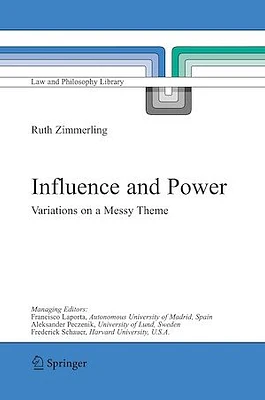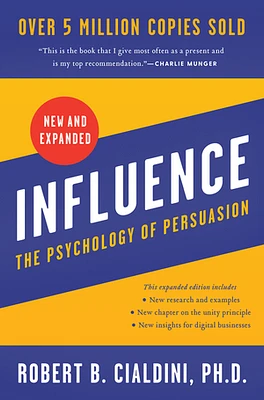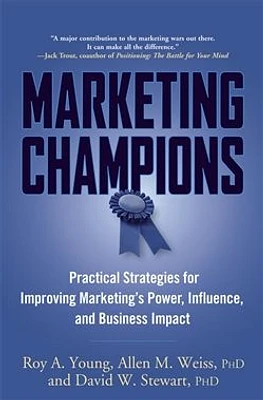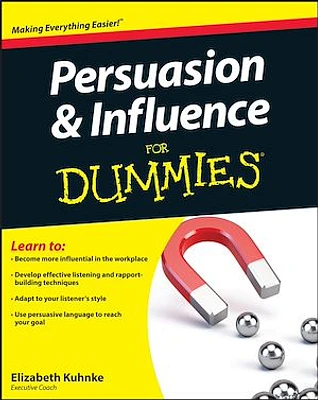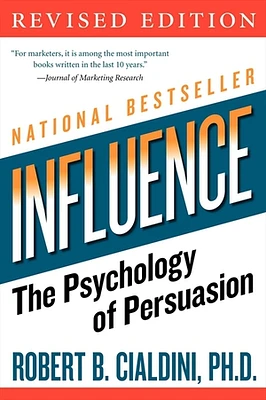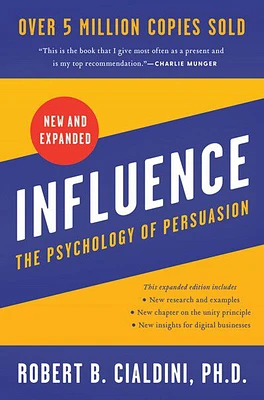Accueil
Influence and Power
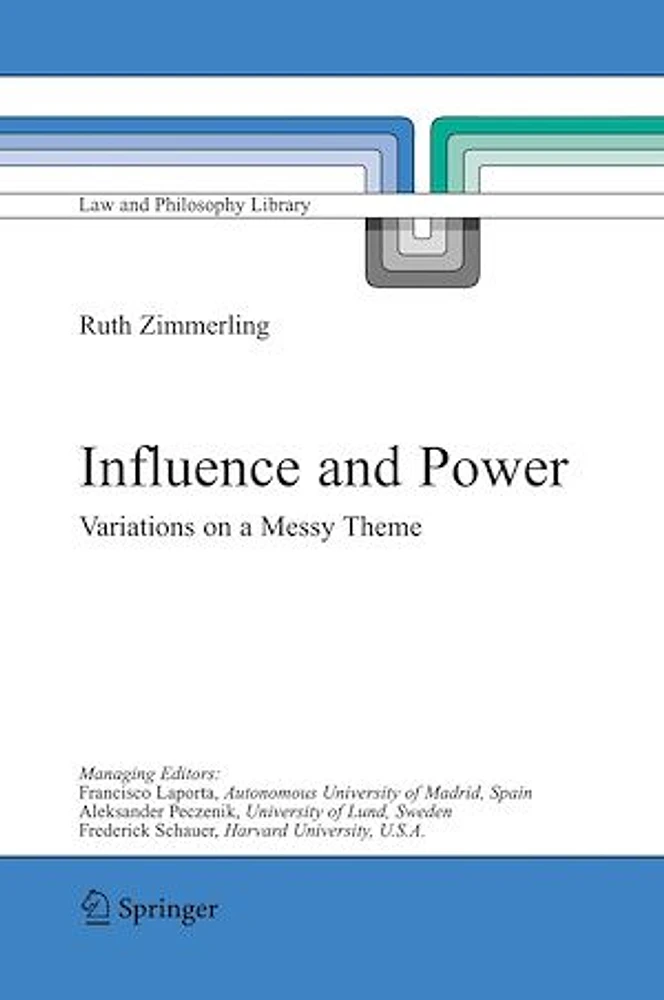
LIBRAIRIE CARCAJOU
Influence and Power
De Librairie Carcajou
" Table of contents
Part I. Concepts Taken Apart.- Chapter 1. The Concept of Power.- 1. The ?essential contestedness? issue 1. Conceptual vagueness and ambiguity. Value-dependence. A pragmatic objection. An epistemological objection. The simple inconsistency objection. The sophisticated inconsistency objection. The unfoundedness objection. Value-dependence examined. 2. Conceptions of power 1. Sociological conceptions: from Max Weber to Steven Lukes. A Philosophical Conception: Hartmut Kliemt. An economic conception: Brian Barry. 3. Conclusions 1. A classificatory framework. The question of causation. Cutting through the jungle. Chapter 2. The Concept of Influence.- 1. Distinguishing influence from power: General remarks. 2. The power-as-ability-to-influence view.- Excursus: The concept of influence in social-psychological scholarship 3. The sanction-based distinction: Lasswell and Kaplan. The intention-based distinction: Dennis Wrong 5. The normativity-based distinction: Ingmar Pörn . Assorted other views. 7. A subject-centered view: Mokken and Stokman. 8. A tentative proposal. Part II. Concepts put Together.- Chapter 3. Power and Freedom.- 1. Felix Oppenheim 1. The relationship between freedom and power. Discussion. Conclusion. 2. Philip Pettit 1. The relationship between freedom and power. Discussion. Conclusion 3. Kristján Kristjánsson 1. The relationship between freedom and power. Discussion. Conclusion 4. Conclusions. Chapter 4. Social Power and Legal Power.- 1. Introduction. 2. Distinguishing the two kinds of power 1. Normative or legal power. Social power. 3. Political power at the crossroads of legal and social power. 4. On justifying political power 5. Conclusion. Chapter 5. Influence and Power: A Mess Transformed?- References.- Index of names
"



